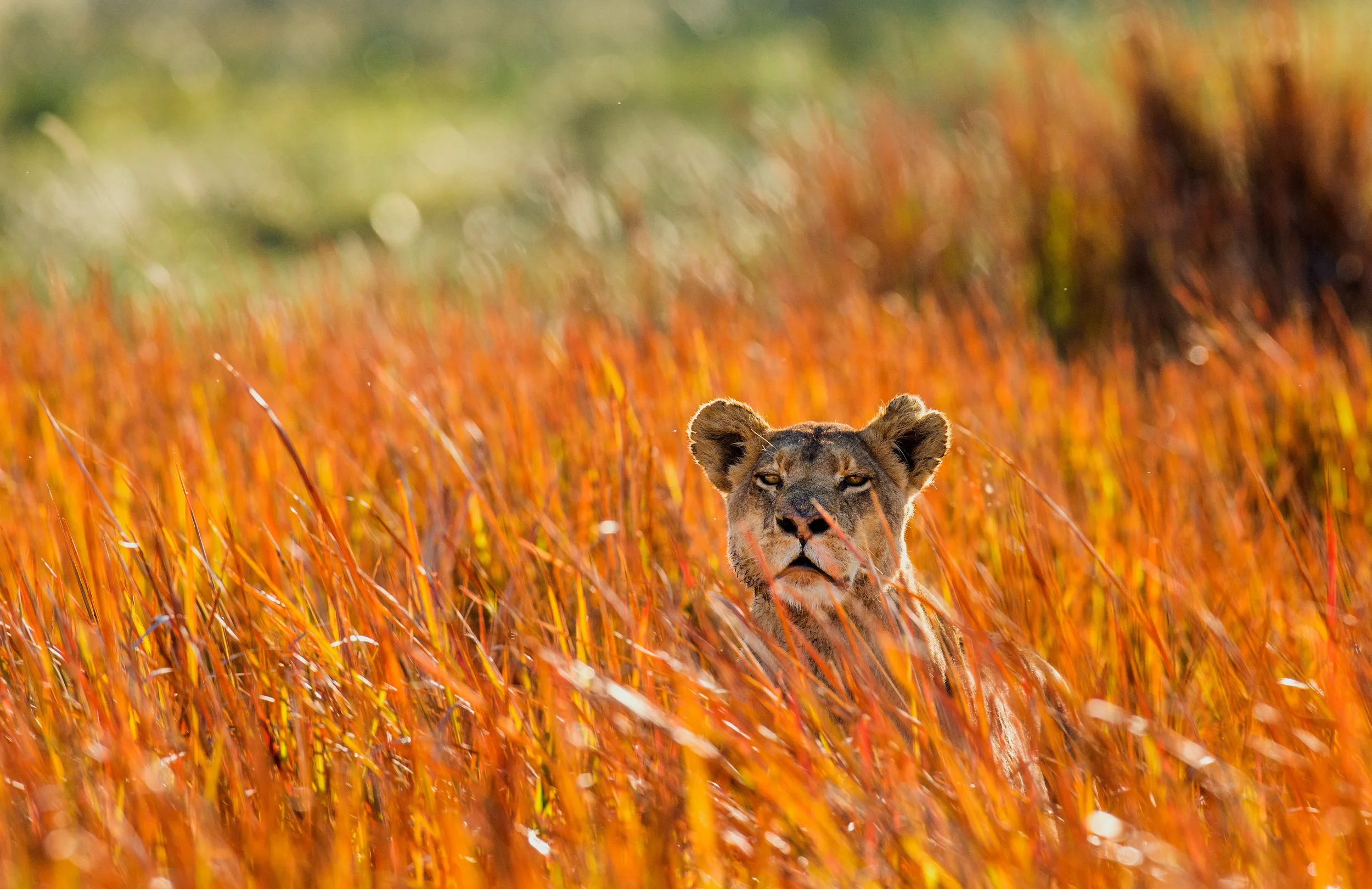Why Save Our Endangered Species?
Since life began, plants and animals have become extinct because of naturally changing physical and biological conditions. But today’s rate of extinction is not natural. It’s been sped up because of humans. A recent study estimated that the extinction rate has increased a hundredfold over the last century. The main force driving this is habitat loss. Tropical rainforests around the world, which may contain up to one half of all living species, are losing millions of acres every year. Uncounted species are lost as these habitats are destroyed. As species are lost, so are our options for future discovery and advancement. The impacts of biodiversity loss include the loss of new medicines, greater vulnerability to natural disasters and greater effects from global warming.
Many people believe that every creature has an intrinsic value. An extinct species can never be replaced. We are accustomed to a rich diversity in nature, which has given inspiration to countless writers and artists, and all others who treasure variety in the natural world.
Science tells us that ecosystems provide us with a host of things we can't do without, and that the more diverse each ecosystem is, the better. One of the many tangible benefits of biological diversity has been its contributions to the field of medicine. From providing cures to deadly diseases to maintaining natural ecosystems and improving overall quality of life, the benefits of preserving endangered species are invaluable. In fact, saving endangered species from becoming extinct and protecting their environments is crucial for our health and the future of our children. No matter how small or obscure a species, it could be important to us later.
Because each plant or animal is part of a larger ecosystem, preserving any one could create a ripple effect. Take the gray wolf as a case study. When the species was reintroduced to Yellowstone National Park, the impact was far-reaching. The packs helped keep the elk population in check, which meant that willow and aspen trees were in less danger of being overeaten. The branches and leaves of those trees cooled the streams, which boosted the population of native trout, provided homes for migratory birds, and supplied more food for beavers. The dams built by the beavers created happier marshland habitat for otters, mink, and ducks.

